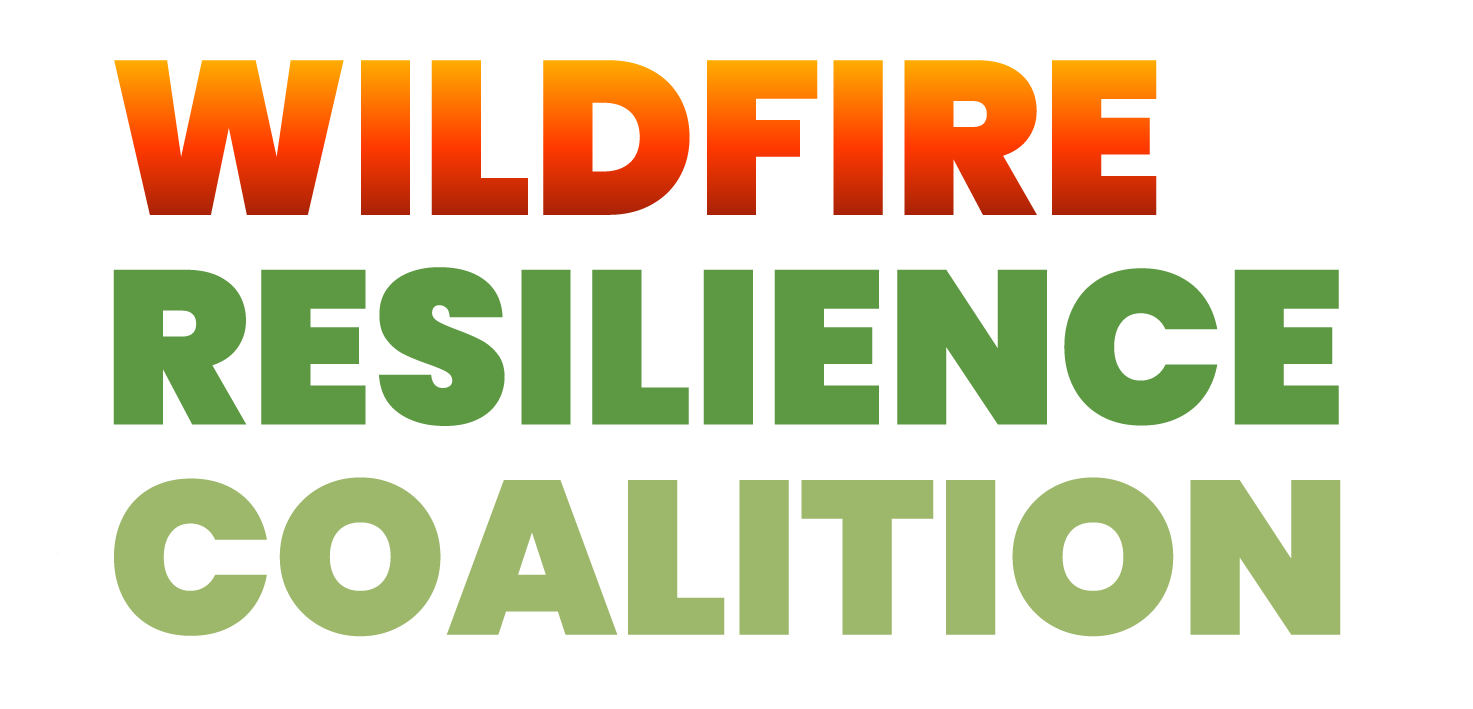Resources
The True Cost of Wildfire in the Western U.S.
This report describes the full range of costs associated with wildland fire in the Western United States to help inform leaders and policymakers working to improve wildfire response and mitigation. Wildfire cost information has, in the past, primarily focused on suppression costs and structure losses; however, as this report shows, there are many other types of costs relating to values such as human health, water supply, transportation, the labor market, and local economics, among others. These less-recognized costs are massive in aggregate.”
Wildfire Resilience Funding: Building Blocks for a Paradigm Shift
This paper examines potential building blocks for a fundamental paradigm shift in investment and program coordination, with a focus on federal programs. Our goal is to create a menu of program options for policymakers to build toward fully funding the cost of top-priority work over the next 10 years. Beyond the 10 years, additional investments will be required on an ongoing annual basis to maintain forest and wildfire resilience. These programs also support the workforce expertise and infrastructure that will be needed to successfully deliver the work at the pace and scale to get ahead of this challenge.
© Mark Godfrey/Courtesy The Nature Conservancy All Rights
2016 Cohesive Strategy Crosswalk and Strategic Alignment
The Federal Land Assistance, Management, and Enhancement Act of 2009 (FLAME Act) called for the development of a National Cohesive Wildland Fire Management Strategy (Cohesive Strategy). The Cohesive Strategy was created to serve as guidance to assist leadership, land managers and communities “live with wildland fire.” This initiative and report have been produced to both assess progress to date and identify additional opportunities as to how the Wildland Fire Leadership Council (WFLC) can continue to influence progress toward achieving the Cohesive Strategy vision and goals. This report identifies a set of potential opportunities within the context of the Cohesive Strategy’s three goals for WFLC consideration for future direction, decision-making and reporting, including Cohesive Strategy reports to Congress. It also offers a basis for continuity of the Cohesive Strategy going into the new Administration, and assistance to new WFLC members as they transition to this wildland fire leadership role.
2014 National Cohesive Wildland Fire Management Strategy
The National Cohesive Wildland Fire Management Strategy (Cohesive Strategy) effort was designed as a three-phased process to allow for inclusiveness and understanding of the complexities of managing wildfire risks across the country. Throughout the entire effort, environments were created to foster and sustain stakeholder engagement and increase collaboration between federal, state and local governments and partner organizations. The best available science was used to develop a National Cohesive Strategy that will help guide the future of wildland fire management.
Roadmap for Wildfire Resilience
The Roadmap makes clear that a paradigm shift requires close coordination with federal, state and local governments, Tribal Nations, NGO and other partners, in addition to durable and predictable funding at or above current levels. While some problems and solutions may be addressed individually and in the shorter-term, most are intimately connected and require long-term, strategic and cross-sector coordination.
